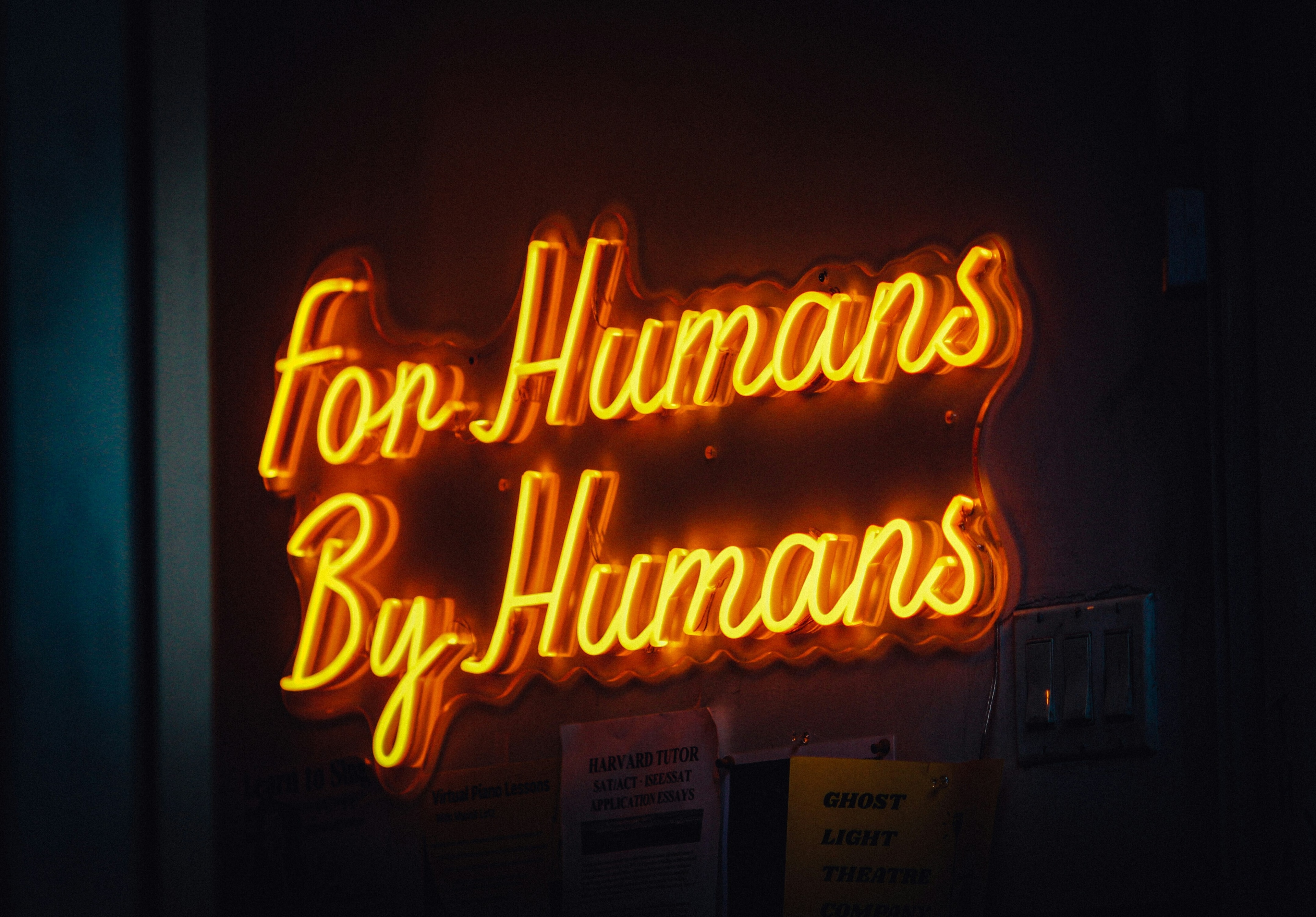How to deal with stress in the workplace

In 2019, the World Health Organization identified a syndrome it labelled “burnout” resulting from chronic workplace stress.
Image: Unsplash/Christian Erfurt
Stay up to date:
Future of Work
Accept our marketing cookies to access this content.
These cookies are currently disabled in your browser.
- Working in stressful and fast-paced environments can mean exhilaration is often replaced with exhaustion.
- Making critical decisions under stress can be dangerous and the energy levels of employees need to be carefully managed.
- In 2019, the World Health Organization identified a syndrome it labeled “burnout” resulting from chronic workplace stress.
- Strategies to tackle stress in the workplace can include office policies and identifying potential workplace hazards.
When I began working in disaster and emergency management, there was a funny anecdote suggesting the job was 98 per cent paperwork and two per cent adrenalin.
Looking around at my office environment, I failed to see much adrenalin. To make sense of this, I researched some major disasters and discovered that when they strike, emergency managers transition to working in emergency co-ordination centres. These nerve centres often look like something out of the movies, with people staring intently at their computers while large screens everywhere display critical information.
During the devastating Fort McMurray wildfires in 2016, which destroyed entire subdivisions and caused more than $1 billion in damage, I finally understood the “two per cent adrenalin” aspect of our work. For months, the work was non-stop and around the clock. Soon, I noticed the initial state of exhilaration was replaced by a state of exhaustion.

At that time, I was reminded of the 2004 book, When the Body Says No: The Cost of Hidden Stress, written by Canadian physician Gabor Maté, that outlines the four most stressful stimuli: Lack of information, uncertainty, lack of control and conflict. I observed that during a disaster, all of these factors are present in droves.
In a disaster, critical decisions must be made with incomplete or contradictory information. Lack of control and uncertainty emerge when navigating policies, guidelines and laws. There’s often conflict with resource allocation and conflicting priorities.
Other notable factors that lead to stress in the workplace include atypical working hours, extremes of activity and a sedentary work environment. While some features are unique to our profession, I’m under no illusion that we’re alone in our experiences. Many other professions and positions face similar challenges.
Exhaustion follows exhilaration
While short-term workplace stress is to be expected, the problem emerges with long-term sustained stress.
As Hungarian scientist Hans Selye described in 1950 in his seminal general adaptation syndrome about workplace stress, after sustaining a period of exhilaration, stressed employees eventually reach the exhaustion phase and can no longer sustain additional pressure. Today in my clinical psychology practice, my clients who work in various fields tell me about exhaustion, irritability, impatience, trouble concentrating and taking in new information and feeling under-appreciated at work, with some even contemplating quitting their jobs.
In 2019, the World Health Organization identified a syndrome it labelled “burnout” resulting from chronic stress at the workplace. Now people who report feeling depleted of energy or exhausted, mentally distanced from or cynical about their jobs and experiencing problems getting their work done can be diagnosed with a workplace injury.
Burnout as the result of stress in the workplace carries significant implications for employers. Canadian occupational health and safety standards require employers to protect the physical and mental health of their workers. If people are meeting the criteria for burnout, organizations may be neglecting their legislated duty to ensure psychologically safe workplaces.
Preventing stress in the workplace
The good news is something can be done. While it will require genuine organizational commitment, prevention and mitigation are key. But to get at the heart of the problem, we must first ask if employers are even tracking psychological safety in the workplace.
Of those that do, most merely encourage staff to exercise more, meditate, sleep better and eat a more balanced diet. This is, quite simply, passing the buck onto an already depleted workforce and does nothing to address the core of the problem. The answer is not to recommend Band-Aid solutions, suggesting employees try even harder in their downtime to compensate for organizational neglect.

For meaningful change, organizations must first implement clear policies reflecting their commitment to workplace mental health and psychological safety, and appoint a wellness champion and leaders who model these values.
The next step is identifying workplace hazards through employee engagement surveys, workplace risk assessments, incident investigations, exit interviews and disability claim data if available. Identifying controls to prevent psychological harm is also necessary.
Respectful workplace policies
Once hazards have been identified, prevention and mitigation measures must follow. Organizations must define and train employees on their duties and responsibilities, monitor workload, consider flexible work arrangements, clearly communicate priorities and ensure respectful workplace policies are understood and that managers who defy them are held accountable.
Organizations must address environmental risks by encouraging movement, breaks and getting sunlight. Finally, documenting and reporting hazards as a measure for ongoing program development is necessary because it helps inform company policy as part of holistic continuous improvement efforts.
Throughout the entire cycle, I remind organizational leaders to remain present to support staff through the execution of all tasks — and of the value in fostering happy and engaged teams.
Research shows that the highest performing workplace teams have one thing in common: psychological safety. When people feel safe, they are engaged and committed to their work, and this builds organizational resilience. Employers who manage to get ahead of the burnout curve will gain a distinct advantage over other organizations.
Accept our marketing cookies to access this content.
These cookies are currently disabled in your browser.
Don't miss any update on this topic
Create a free account and access your personalized content collection with our latest publications and analyses.
License and Republishing
World Economic Forum articles may be republished in accordance with the Creative Commons Attribution-NonCommercial-NoDerivatives 4.0 International Public License, and in accordance with our Terms of Use.
The views expressed in this article are those of the author alone and not the World Economic Forum.
Forum Stories newsletter
Bringing you weekly curated insights and analysis on the global issues that matter.
More on Jobs and the Future of WorkSee all
Shuvasish Sharma
August 6, 2025
Samuel Alemayehu
August 5, 2025
Neeti Mehta Shukla
August 1, 2025
Lisa Bechtold
July 29, 2025
Katica Roy
July 23, 2025





